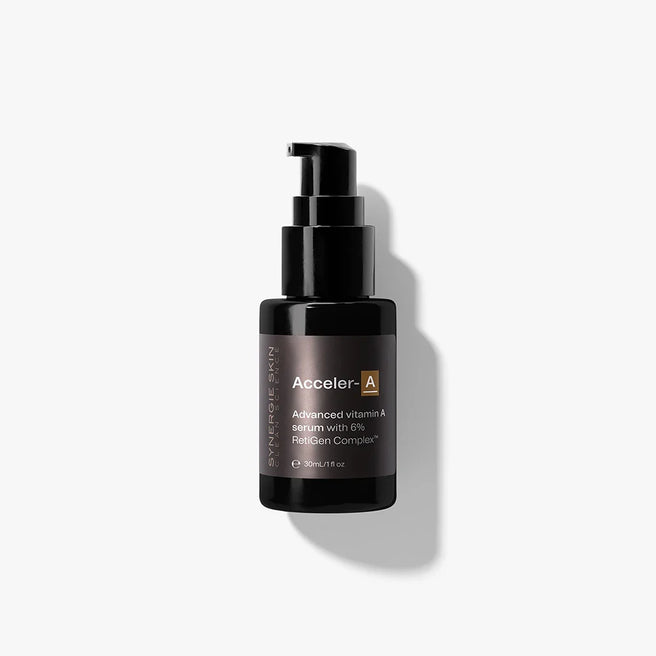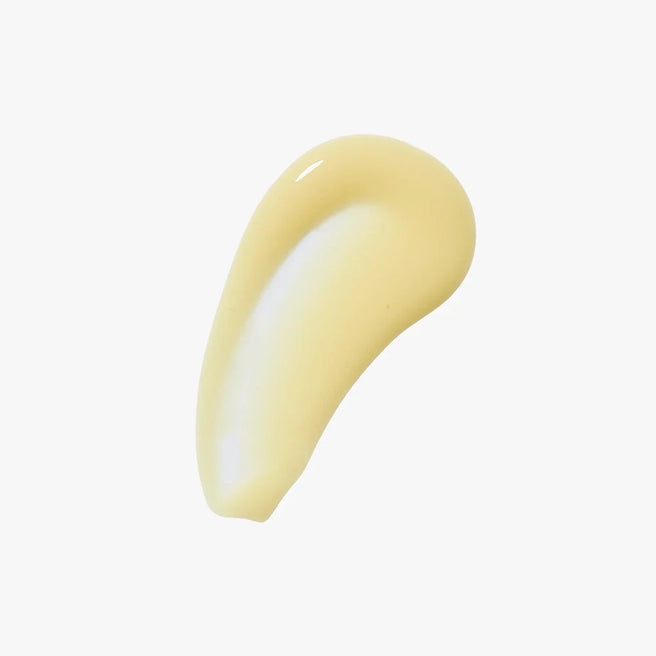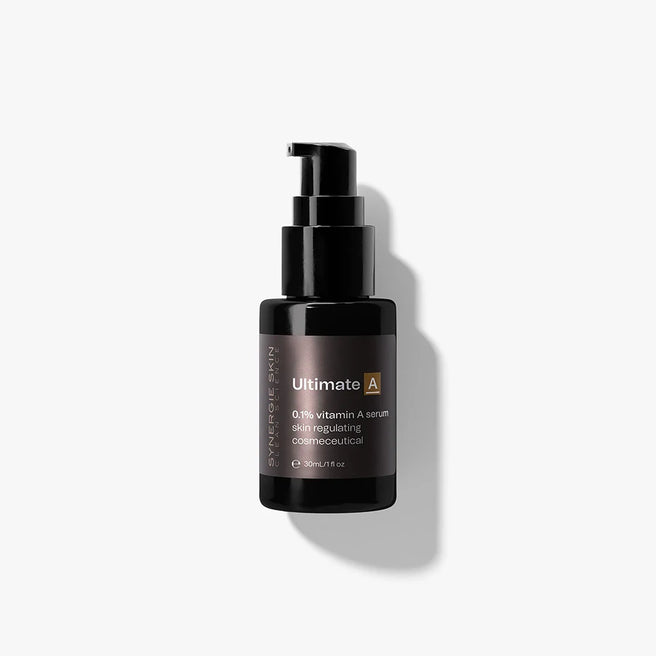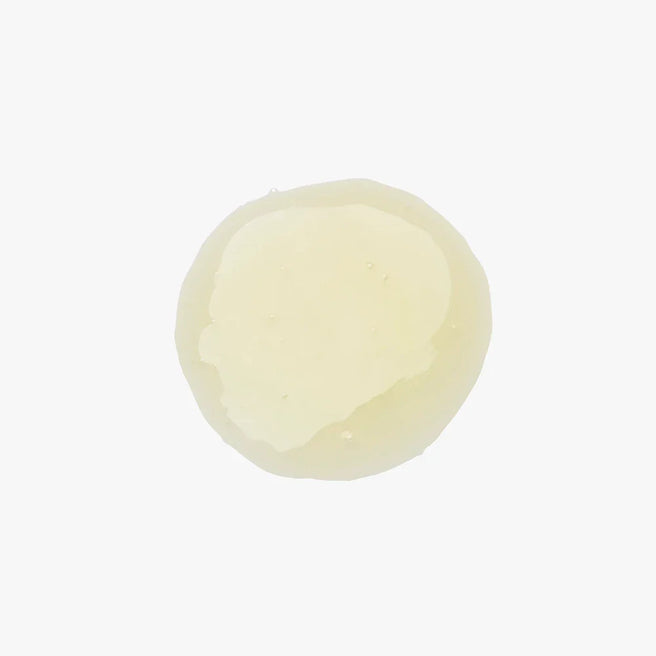Breaking down the benefits of vitamin A for the skin and the different types of vitamin A
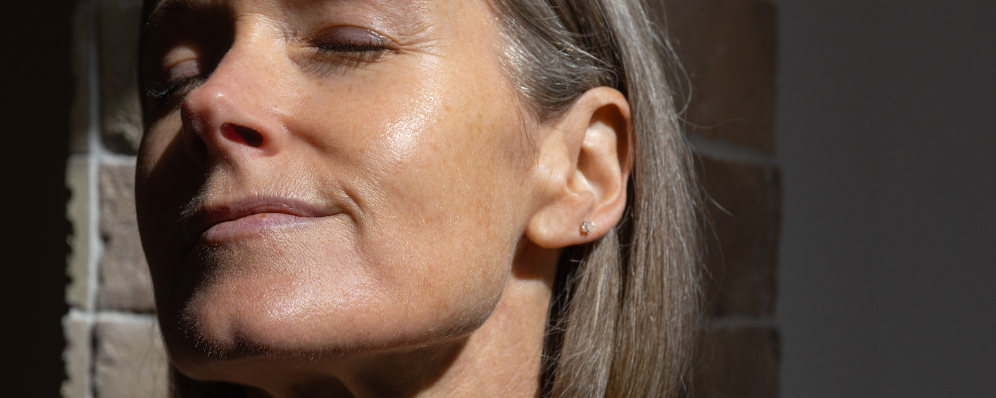
“Vitamin A is considered to be the gold standard cosmeceutical for almost all skin types.” – Terri (Vinson) Jones
Dr. Albert Kligman first harnessed the power of vitamin A as an essential skin ingredient in the form of retinoic acid; proving that vitamin A for acne produces a highly effective remedy that regulates the oil glands and cell turnover. Kligman went on to determine that this clever retinoic acid molecule was also able to reduce skin pigmentation and address fine lines in many of his patients.
Fast forward over fifty years and retinoids are still considered the royal family of cosmeceuticals. Vitamin A has been used to address the visible signs of ageing whilst addressing over 125 skin conditions including acne, psoriasis, pigmentation, wrinkle reduction, and sun damage. However, not all types of vitamin A are suitable for every skin type, and it can often be challenging to find clear answers when prescribing for your own skin concerns. So let’s take a deep dive into the facts of vitamin A.
The Benefits of Vitamin A For Skin
Vitamin A is often referred to as the great ‘cellular regulator’ due to its ability to control cell growth and differentiation. Retinoids (the different types vitamin A) are extremely powerful as they are able to program our genes (DNA) in the nucleus of our cells to perform many of our cell functions. How amazing is that?
The following are some specific benefits of vitamin A for the skin:
Vitamin A for Acne and Oil Regulation
One of the most effective topical treatments for overactive oil (sebaceous) glands is retinoids. Oil gland cells (sebocytes) are overly active in acne sufferers, and have receptors on their surface that bind to vitamin A. This initiates a cascade of events that normalises their growth pattern to reduce sebum (oil) production. Retinoids cause oil glands to decrease in size and reduce their growth rate, resulting in dramatically decreased oil production - a win for acne sufferers and those with excessively oily skin!
Vitamin A for Pigmentation Reduction
Vitamin A reduces the activity of tyrosinase: an enzyme critical to producing melanin. Vitamin A also reduces the clumping of pigment in the base of the epidermis and makes the pigment particles (melanosomes) smaller and less visible. Furthermore, because the cells are turning over in an orderly manner, the excess pigment trapped in the upper layer of the skin is removed more efficiently.
Vitamin A for Sun Damaged Skin
UV light increases the production of substances called MMPs, which are enzymes that break down our collagen. Vitamin A inhibits these MMP’s and, as a result, preserves healthy collagen. It is also able to reverse damaging (and sometimes lethal) DNA mutations in our cells, which are caused by UVA and UVB light.
Vitamin A for Collagen Stimulation
Vitamin A causes stimulation of fibroblasts - the cells that make collagen in the deeper skin layers (dermis) - resulting in a reduction of fine lines.
Vitamin A for Regulation of Cell Turnover
On the nucleus of our cells, there are special receptors (RARs and RXRs) that are specific to vitamin A. It’s important to understand that all the different types of vitamin A in skincare products MUST be converted to retinoic acid in the skin cells so that our skin can enjoy all the incredible benefits of vitamin A. When retinoic acid binds to these receptors (mainly in the epidermis of the skin) the DNA is programmed to normalise the turnover of our skin cells, allowing them to shed efficiently and causing the skin to glow with vitality. Vitamin A also reduces cell inflammation and over-production whilst thickening the epidermis to give a more youthful appearance to the skin.
Conversion of retinol in the skin cells
- Retinol travels between the cells via the lipid matrix in the epidermis
- Retinol binds to RBP (retinol binding protein) on the surface of the target cell (keratinocyte, melanocyte, sebocyte, fibroblast etc.) membrane
- It is then converted to retinoic acid in the cell cytoplasm
- Retinoic acid then binds to RABP (retinoic acid binding protein) on the nuclear membrane
- Once in the the nucleus, retinoic acid then binds to the DNA receptor sites (called RXR's and RAR's). These genes that are stimulated then direct the production of various genetic messages, which results in the many vells processes that reinoic acid causes.

Different Types of Vitamin A
Is vitamin A the same as retinol? Let’s break it down…
Over the years, vitamin A skin science has evolved to formulated increasingly stable, elegant, and specific compounds with varying efficacy upon the cells. Vitamin A for the skin is referred to as the family of 'retinoids'. Within this family, there are a number of different compounds, including retinol vitamin A.
It is important to understand that all retinoids eventually finish their journey as retinoic acid that binds to the DNA receptor sites of skin cells. However, the method of delivery for each retinoid produces a wide range of results, with some being more preferable than others.
Below is a comprehensive list of the different types of vitamin A, as well as their comparative efficacy upon the skin.
1. Retinol
Retinol vitamin A is one of the most popular non-prescription derivatives of vitamin A, and is converted to potent retinoic acid in the keratinocytes.
How effective is retinol?
Retinol is relatively unstable in air and light, and should be stabilised in a liposome to maintain its effectiveness. It’s always best to look for products that use the stabilised forms and don’t mix them with low pH acidic products containing AHAs, BHAs, and ascorbic acid, because they can render retinol less active on the skin.
Retinol can be stabilised with gentle release liposome technology (oil packet surrounding retinol) or a ‘release on demand’ technology (released for controlled targeted delivery) utilising a cellulose-based polymer. Each of these technologies protect the retinol from its surrounding environment ensuring it remains fresh and potent.
2. Stabilised Retinol
This retinol features minimal irritation, is highly stabilised, has clinically-proven efficacy, and can reach deeper penetration. Its only drawback is that it needs to be broken down by our cells in to the form of vitamin A that our skin can recognise ie. retinoic acid. For this reason, it is very important that stabilised retinol has a great delivery system to the target skin cells.
How effective is stabilised retinol?
Stabilised retinol comes out on top when it comes to overall efficacy, as it offers enhanced penetration and stability versus traditional retinol. Stabilised retinol can be found in our bestselling Vitamin A Serum, Ultimate A with 0.1% retinol. Ultimate A is suitable for all skin types including sensitive skin. For those who are regular users of vitamin A, try Synergie Skin’s newest addition to the retinoid family: RetiFol. This 0.4% vitamin A serum combines stable, controlled-release retinol at 0.4% with acid-free peptide exfoliation technology to amplify the skin rejuvenating effects of vitamin A - but without the nullifying effects of acid-based exfoliants!
3. Prescription Tretinoin (all trans retinoic acid)
This is the most potent form of vitamin A that requires a doctor’s prescription. This compound is an isomer found in isotretinoin, which was developed in the 1950s and originally branded as Accutane and Roaccutane. Although the medical retinoid Tretinoin (all trans retinoic acid) is highly effective at clearing severe cystic acne, it is unstable, susceptible to oxidation, and comes at the risk of various side effects discussed below.
How effective is prescription tretinoin?
Prescription retinoids definitely “work” but that doesn’t necessarily mean this form of vitamin A is the right choice for you! The issue with prescription Tretinoin is that the molecule binds to undesired receptors not involved in the expected effects of vitamin A. These undesirable side effects can include:
- Flaking due to decreased ceramide production (lipid molecules in the skin that form a barrier to keep the skin moisturised)
- Irritation
- Redness
Consequently, patients tend to discontinue use or take time to build tolerance. Doctors recommend gradually increasing tolerance over 3 months and not to mix with acidic products, but many patients do not comply with this suggested skincare routine, which often causes unwanted reactions.
4. Retinaldehyde
An intermediate form of vitamin A, this retinoid is more effective in vitro than retinol, and has poor shelf stability.
How effective is reintaldehyde?
While this ingredient is only one step away from its final active form of retinoic acid, it does not have the requisite shelf-life to make it a practical skincare option for most people. It showed great promise when it was first released as a cosmeceutical years ago, but it didn’t make the cut in my Synergie Skin lab.
5. Retinyl Palmitate
Ester form of vitamin A. Although this retinoid has reasonable stability and low irritation, it is considered less effective and has been superseded by more effective forms.
How effective is retinyl palmitate?
This form of vitamin A was very popular in the ‘90s but by today’s standards, it is a very large molecule which has difficulty penetrating the target cells to create any real benefit on the skin.
6. Hydroxy pinacolone retinoate (HPR)
This is - in my opinion as a cosmetic chemist - the best retinoid derivative on the block, and the data supports this. Unlike other derivatives, this next generation vitamin A ingredient is recognised by the retinoid receptors. It requires no metabolic conversion to retinoic acid by the target cell to exert its numerous beneficial effects. HPR is an ester of all-trans retinoic acid, and capable of binding directly to retinoid receptors as well as enhancing gene expression. It is the fastest acting and most potent form of vitamin A, next only to prescription retinoic acid – with reduced potential of side effects.
How effective is hydroxy pinacolone retinoate?
Clinical studies demonstrate that HPR visibly reduces the appearance of lines and wrinkles in as little as 14 days. According to a 2018 study in The Journal of the American Academy of Dermatology, HPR was found to be an effective alternative to tretinoin. More than any other retinoid, HPR ticks all the boxes when it comes to efficacy without causing irritation to the skin. Synergie Skin has formulated an advanced vitamin A serum containing HPR: Acceler-A. Containing our trademarked blend of hydroxy pinacolone retinoate, this evening serum is the most potent Vitamin A in our range and promotes healthy skin renewal, reverses visible signs of ageing, and clarifies pores. It is ideal for advanced users with robust skin.
Vitamin A Specifications
| Retinoid | Benefits | Drawbacks |
| Retinol | • Clinical data supports efficacy • Stabilised forms popular • Market acceptance • No prescription needed | • Lowest UX/oxygen stability • Skin irritations are published • Lower oxidation state |
| Stabilised Retinol | • Minimal irritation • Highly stabilised • Clinical data supports efficacy • Deeper penetration • No prescription needed | • Not in final RA oxidation state |
| Prescription Tretinoin | • Anti-ageing recognised by the FDA • Final oxidation state in cells. No conversion needed | • Prescription medication • Highest irritation • UV/oxygen instability |
| Retinaldehyde | • In vitro more effective than retinol (less metabolic breakdown) • No prescription needed | • UV/oxygen instability • Poor shelf stability • Not in final RA oxidation state • Minor irritations published |
| Retinyl Palmitate | • Low irritation • Good stability • No prescription needed | • Lowest efficacy • Lowest RA metabolism oxidation state |
| Hydroxy pinacolone retinoate (HPR) | • Direct interaction with RA receptors • Correct oxidation state for direct conversion to RA • Low irritation index • Enhanced activity • Improved stability • No prescription required | |
I hope you find this vitamin A chart helpful. As you’ve no doubt learned, there isn’t an easy ‘one-size-fits all’ when it comes to the varying forms of vitamin A.
When starting your skin’s journey with vitamin A, it is always best to start gentle, and carefully monitor your skin’s tolerance. First-time Vitamin A users should start by using Ultimate A or RetiFol, then advance to Acceler-A after 3-6 months, monitoring tolerance. Those with sensitive skin may wish to remain on Ultimate A as the vitamin A product of choice.
Here’s how to introduce a new, more potent vitamin A products (such as RetiFol or AccelerA) into your skincare routine:
Weeks 1 and 2: Apply new retinoid serum every 3rd night, alternating with less potent retinoid serum (if applicable)
Weeks 3 and 4: Apply new retinoid serum every 2nd night, alternating with less potent retinoid serum (if applicable)
From Week 5: Apply new retinoid serum every night
*Not suitable for individuals who are pregnant or lactating




